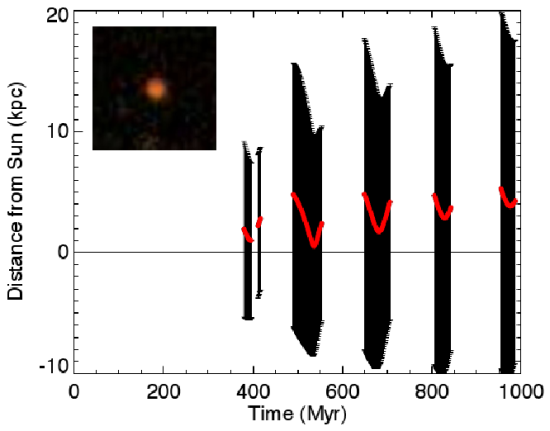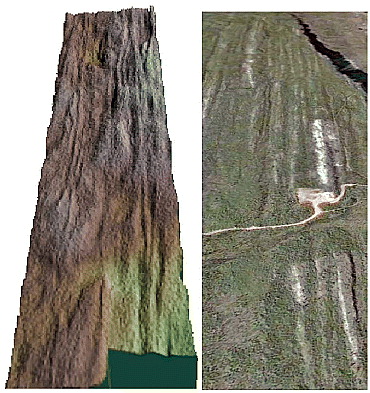Bumped. Scroll down for updates!
From the abstract of Geoffrey Marcy’s talk today at 6:30 pm (Eastern) at this week’s meeting in Seattle of the American Astronomical Society:
The NASA Kepler Mission has discovered over 700 candidate planets, with most having diameters less than 5 times that of Earth and some as small as that of Earth. One planet has a radius, mass, and density in a new domain having no counterpart in our Solar System, opening a new chapter in planetary science. [emphasis mine]
A press conference is scheduled for 11 am (Eastern). Stay tuned!
Update I. A NASA press release just made public says that Kepler has discovered a rocky planet only 1.4 times the size of the Earth.
Kepler 10b [is] a rocky planet with a mass 4.6 times that of Earth and with an average density of 8.8 grams per cubic centimeter — similar to that of an iron dumbbell.
The press conference is ongoing, but the Kepler results are still to come.
Update II. The star the planet orbits, Kepler 10, is similar to our Sun in mass and size, but older, about 8 billion years old, and is 560 light years away. Kepler 10 is also a relatively bright star in the Kepler field of view, about 11 magnitude.
The planet’s orbit itself is only 8.4 days long. Its density, 8.8 grams per cubic centimeter, is 8.8 times greater than Earth’s. This data, based on all planet models, also suggests that the planet should be a rocky planet like the Earth, though heavier and larger with a surface gravity twice that of Earth.
Since the planet orbits so close to its sun, it is a scorched world, very hot. The scientists expect that it has no atmosphere. It is also probably tidally locked, with one side always facing its Sun.
Update III: Geoffrey Marcy, one of the world’s premier exoplanet scientists, is now commenting on these Kepler results, saying he considers this discovery “among the most profound discoveries in human history.”
Update IV: In answer to a press question, the scientists speculated that the planet might have formed as a gas giant farther from the star, then migrated inward and had its gas atmosphere stripped away. No one knows yet if this is true however.
Studies of further transits might learn more about the planet, such as the temperatures between its two hemispheres. As the planet orbits the star and its illuminated side comes into view, they can see the change in temperature and thus track it. Right now they think the sunlight side could be as hot as 2500 degrees Fahrenheit.
If you want to watch the press conference for yourself, they will be posting the video here.


